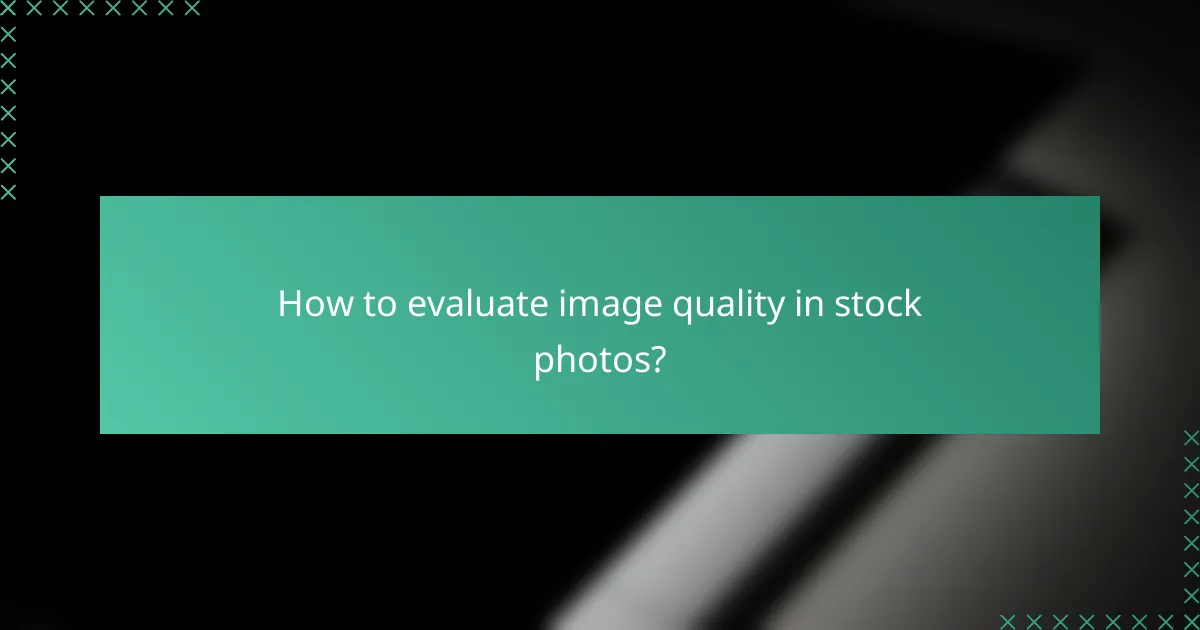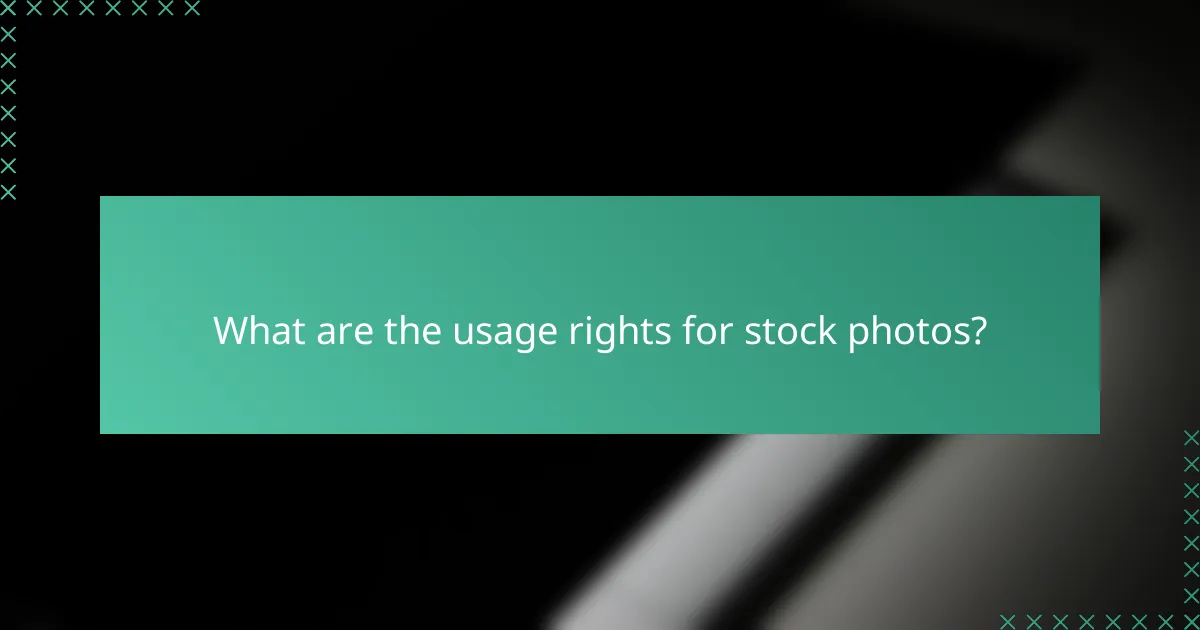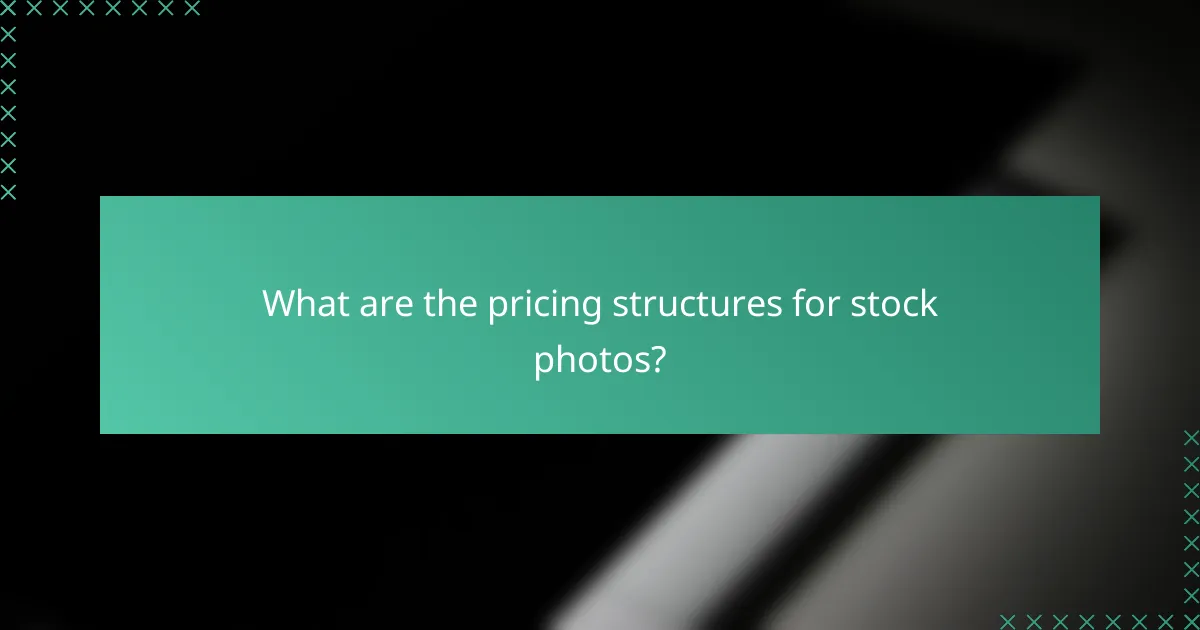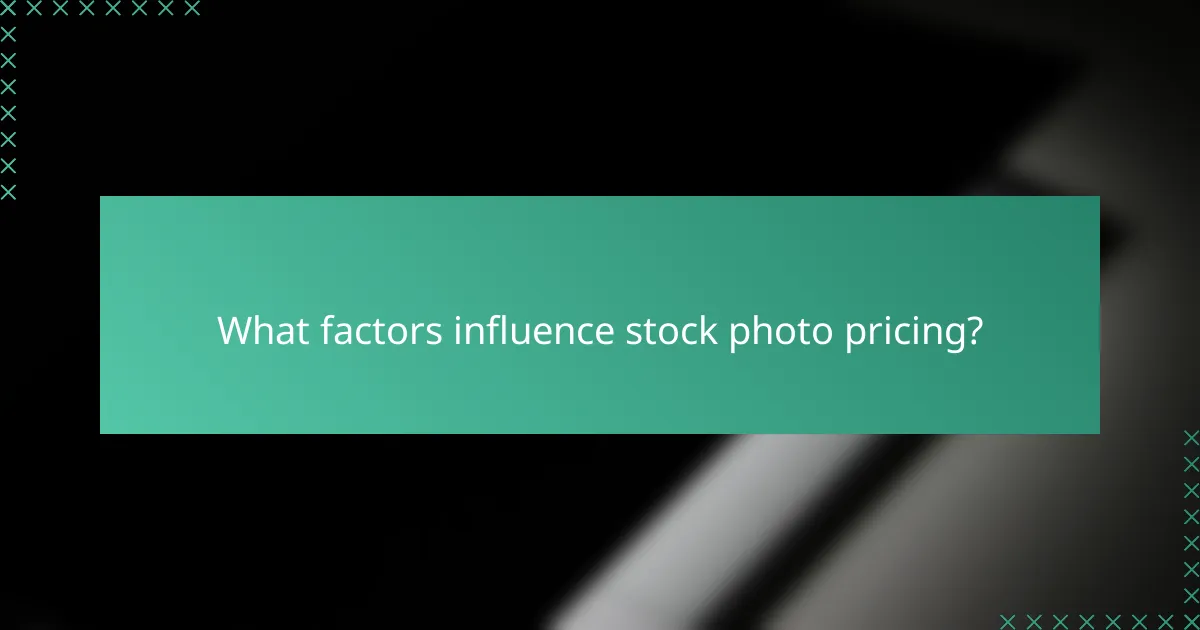When selecting stock photos, it’s essential to consider image quality, usage rights, and pricing structures offered by various platforms. High-resolution images with accurate color and strong composition enhance the visual appeal of your projects. Additionally, understanding the specific usage rights is crucial to ensure compliance and avoid legal complications while utilizing these images.

What are the best stock photo platforms in Australia?
Some of the best stock photo platforms in Australia include Shutterstock, Adobe Stock, iStock, Getty Images, and Dreamstime. These platforms offer a range of image quality, usage rights, and pricing structures suitable for various needs.
Shutterstock
Shutterstock is a leading stock photo platform known for its vast library of high-quality images. Users can purchase images through subscription plans or on-demand credits, making it flexible for both occasional and frequent users.
Pricing typically starts at around AUD 29 for 10 images per month, with options for larger packages that reduce the cost per image. Be mindful of the licensing agreements, as they dictate how images can be used in projects.
Adobe Stock
Adobe Stock integrates seamlessly with Adobe Creative Cloud applications, making it a convenient choice for designers. It offers high-resolution images and videos, with flexible pricing plans that include monthly subscriptions and credit packs.
Prices start at approximately AUD 39 for 10 images per month. Adobe Stock also provides a free trial, allowing users to explore its offerings before committing to a subscription.
iStock
iStock, owned by Getty Images, offers a diverse selection of stock photos, illustrations, and videos. It features two pricing tiers: Essentials and Signature, catering to different quality and exclusivity needs.
Essentials images start at around AUD 12 each, while Signature images can be more expensive. Users should consider their specific needs for image quality and usage rights when choosing between the two tiers.
Getty Images
Getty Images is renowned for its premium stock photos and editorial content. It is often the go-to source for high-profile projects requiring exclusive or unique images.
Pricing can vary significantly, often starting from AUD 200 for standard images. Users should carefully review licensing options, as Getty Images provides various rights-managed and royalty-free licenses depending on usage.
Dreamstime
Dreamstime offers a large collection of stock photos, with a focus on affordability and accessibility. It operates on a credit-based system, allowing users to purchase credits for downloading images.
Prices for images can start as low as AUD 1 with a subscription, making it a budget-friendly option. However, users should pay attention to the licensing terms to ensure compliance with their intended use.

How to evaluate image quality in stock photos?
To evaluate image quality in stock photos, focus on key factors such as resolution, color accuracy, and composition. These elements significantly impact the usability and visual appeal of the images for your projects.
Resolution and size
Resolution refers to the amount of detail an image holds, typically measured in pixels. Higher resolution images, generally above 300 DPI (dots per inch), are suitable for print, while lower resolutions, around 72 DPI, are adequate for web use. Always consider the intended use of the image when selecting the resolution.
When assessing size, check the dimensions in pixels (width x height). For instance, an image that is 4000 x 3000 pixels can be resized for various applications without losing quality. Ensure the size meets your project requirements to avoid pixelation.
Color accuracy
Color accuracy is crucial for ensuring that the image reflects the intended hues and tones. Look for images that have been captured or edited using color profiles like sRGB or Adobe RGB, which help maintain consistency across different devices. This is particularly important for branding or product photography.
To evaluate color accuracy, consider using tools or software that can analyze color profiles. Images that appear overly saturated or washed out may not be suitable for professional use. Always compare the image against a color reference if precision is necessary.
Composition and lighting
Composition refers to how elements are arranged within the frame, affecting the overall impact of the image. Look for balanced compositions that draw the viewer’s eye to the focal point. Techniques like the rule of thirds can enhance visual interest.
Lighting plays a vital role in image quality as well. Natural light often produces softer shadows and highlights, while artificial lighting can create dramatic effects. Evaluate whether the lighting complements the subject and enhances the mood of the image.

What are the usage rights for stock photos?
Usage rights for stock photos dictate how images can be utilized, including restrictions on commercial use, distribution, and modifications. Understanding these rights is crucial to avoid legal issues and ensure proper usage of the images in various projects.
Royalty-free licenses
Royalty-free licenses allow users to pay a one-time fee to use the image multiple times without incurring additional costs. This type of license typically permits a wide range of uses, including commercial applications, but may have restrictions on resale or distribution of the image itself.
When purchasing royalty-free images, consider the specific terms outlined by the provider, as they can vary. For instance, some platforms may limit the number of copies or the types of media in which the image can be used.
Rights-managed licenses
Rights-managed licenses are more restrictive and require users to pay based on specific usage parameters such as duration, geographic area, and type of media. This means that the cost can vary significantly depending on how the image will be used.
Before acquiring a rights-managed image, carefully assess your intended use to ensure you select the appropriate license. This type of license is ideal for unique projects where exclusivity is desired, but it can be more expensive than royalty-free options.
Editorial use only
Images labeled for editorial use only can be used in contexts such as news articles, blogs, or educational materials but cannot be used for commercial purposes. This restriction is crucial for maintaining the integrity of the image and respecting the rights of the subjects depicted.
When using editorial images, ensure that your project complies with the licensing terms. For example, using an editorial image in an advertisement would violate the usage rights and could lead to legal repercussions.

What are the pricing structures for stock photos?
Stock photo pricing structures typically fall into three main categories: subscription plans, on-demand purchases, and bulk image discounts. Each option caters to different needs, allowing users to choose based on their frequency of use and budget constraints.
Subscription plans
Subscription plans offer a fixed monthly or annual fee that allows users to download a set number of images within that period. This model is ideal for businesses or individuals who require a consistent flow of new images, as it often results in lower per-image costs compared to one-time purchases.
Prices for subscription plans can vary widely, generally ranging from around $20 to $300 per month, depending on the provider and the number of downloads included. Users should consider their typical usage to select a plan that aligns with their needs without overspending.
On-demand purchases
On-demand purchases allow users to buy images individually, which is suitable for those who need images infrequently or for specific projects. This model typically involves paying a one-time fee for each image, which can vary based on the image’s quality and licensing terms.
Prices for on-demand stock photos usually range from $1 to $50 or more per image. It’s essential to review the licensing agreements carefully, as some images may have restrictions on usage that could affect your project.
Bulk image discounts
Bulk image discounts are available for users who plan to purchase a large number of images at once. Many stock photo websites offer tiered pricing, where the cost per image decreases as the quantity purchased increases. This can lead to significant savings for businesses with extensive image needs.
Discounts can vary, with some sites offering reductions of 20% to 50% for bulk purchases. Always check the terms to ensure the images meet your usage requirements and to maximize your investment.

What factors influence stock photo pricing?
Stock photo pricing is influenced by several key factors, including image exclusivity and licensing type. Understanding these elements can help you make informed decisions when purchasing stock images.
Image exclusivity
Image exclusivity refers to whether a stock photo is available for use by multiple buyers or is limited to a single purchaser. Exclusive images typically command higher prices due to their unique nature, as they provide a competitive advantage for brands and businesses.
When considering exclusivity, weigh the benefits against the cost. If your project requires a distinctive look, investing in exclusive rights may be worthwhile. However, for general use, non-exclusive images can be a more budget-friendly option.
Licensing type
The licensing type determines how you can use a stock photo and significantly impacts its price. Common licensing options include royalty-free and rights-managed licenses. Royalty-free images allow for broad usage without ongoing fees, while rights-managed images are priced based on specific usage parameters, such as duration and distribution.
When choosing a licensing type, consider your intended use. If you plan to use an image across multiple platforms or for an extended period, a royalty-free license may be more economical. Conversely, if your use is limited or specific, a rights-managed license could be more appropriate, albeit at a potentially higher cost.
